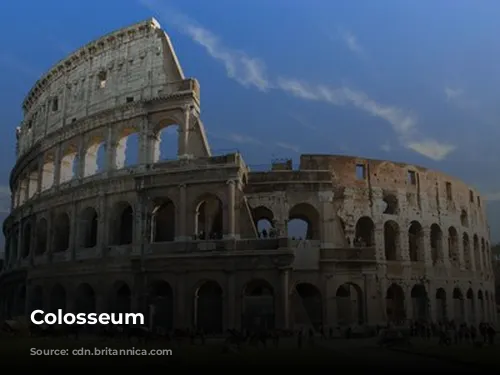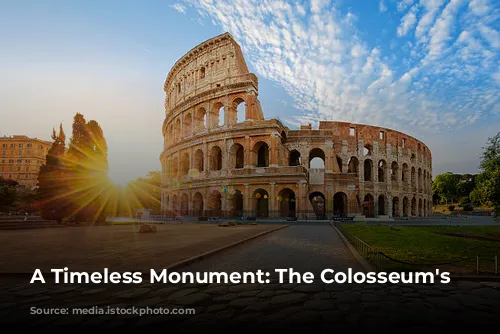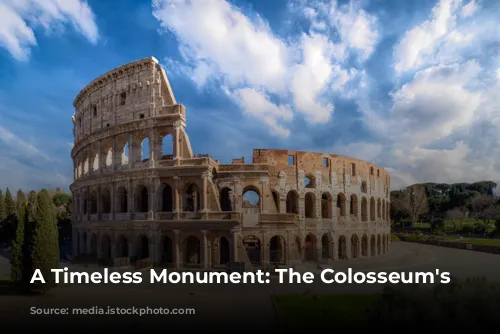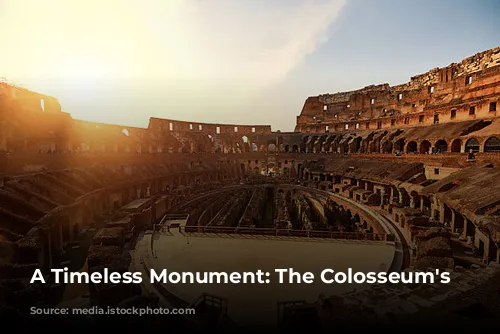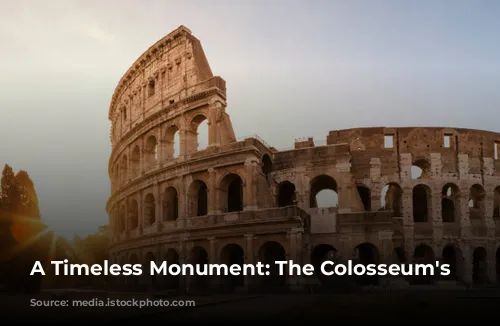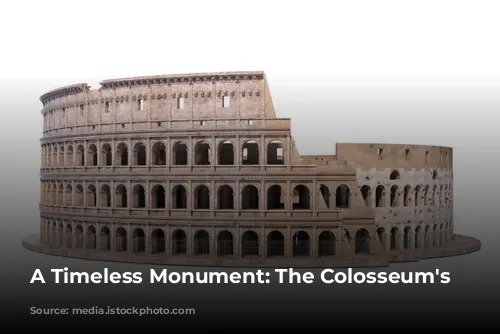The Colosseum, a towering symbol of ancient Rome’s architectural and engineering brilliance, stands today as one of the few mostly intact structures from that era. This remarkable landmark isn’t just a testament to the past; it also serves as a significant source of income for the Italian government. In 2018, the Colosseum, Roman Forum, and Palatine Hill together brought in over $63.3 million (€53.8 million), marking the highest revenue of any tourist attraction in Italy.
From Glory to Neglect: The Colosseum’s Transformation
After the fall of the Western Roman Empire, the Colosseum fell into a state of serious disrepair. During the 12th century, powerful Roman families, the Frangipane and Annibaldi, repurposed the arena as their fortress, a stark contrast to its former glory. In the late 15th century, Pope Alexander VI permitted the Colosseum to be used as a quarry, stripping it of valuable materials. Over a thousand years of neglect passed before state-funded restoration efforts finally began in the 1990s.
A Monument to Entertainment: The Colosseum’s Origins
The construction of the Colosseum began under the Roman emperor Vespasian between 70 and 72 CE, a time of rebuilding after the turbulent “Year of the Four Emperors.” Like other amphitheatres, Vespasian envisioned the Colosseum as a grand entertainment venue, where gladiator fights, animal hunts, and even mock naval battles would captivate the Roman public.
From Emperor to Arena: The Colosseum’s Building Blocks
The Colosseum was finally dedicated in 80 CE by Titus, Vespasian’s son and successor, a ceremony that included 100 days of games. Titus’s son, Domitian, later added the fourth story in 82 CE. Intriguingly, the funding for this colossal structure came from the plunder of Jerusalem during Titus’s conquest in 70 CE, and the construction was carried out by enslaved Jews from Judaea.
A Colossal Structure: The Colosseum’s Design and Dimensions
The Colosseum, also known as the Flavian Amphitheatre, is an elliptical structure made of stone, concrete, and tuff, towering four stories high. Measuring 620 by 513 feet (189 by 156 metres), it could accommodate a massive crowd of up to 50,000 spectators. The Colosseum was renowned for its use in gladiatorial combat, which enthralled the Roman populace.
Beyond the Arena: The Colosseum’s Place in History
The Colosseum was built on the grounds of Nero’s Golden House, replacing the artificial lake at the center of the palace complex. This was a deliberate choice by Vespasian, a symbolic act of replacing the tyrannical emperor’s private pleasure with a public amphitheater for the enjoyment of thousands of Romans.
A Triumph of Engineering: The Colosseum’s Construction
Unlike earlier amphitheatres, often carved into hillsides for support, the Colosseum is a freestanding structure of stone and concrete, using a sophisticated system of barrel and groin vaults. Its three lower stories are adorned with arcades framed by Doric, Ionic, and Corinthian columns, a design that would later inspire the Renaissance concept of the assemblage of orders. The main framework and facade are made of travertine, the secondary walls of volcanic tufa, and the inner bowl and arcade vaults of concrete.
Protecting the Spectators: The Colosseum’s Awning
The Colosseum was equipped with a massive retractable awning, known as a velarium, to shield spectators from the sun. This awe-inspiring structure was supported by masts extending from corbels on the top story. Hundreds of Roman sailors were required to manipulate the rigging that raised and lowered the velarium, a testament to the complexity of ancient technology.
A Scene of Spectacle: The Colosseum’s Events
The Colosseum served as a stage for countless hand-to-hand combats between gladiators, contests between men and animals, and even mock naval battles, providing thrilling entertainment for the Roman masses. However, the historical evidence surrounding the martyrdom of early Christians within the arena is uncertain.
From Glory to Ruin and Back: The Colosseum’s Fate
Over the centuries, the Colosseum experienced a tumultuous journey. It was used as a church during medieval times, then as a fortress by two powerful Roman families, the Frangipane and Annibaldi. Damage from lightning, earthquakes, vandalism, and pollution further ravaged the structure. The marble seats and decorative materials were plundered, leaving the Colosseum a quarry for over a thousand years.
A Resurgence of Glory: The Colosseum’s Preservation
Preservation efforts began in earnest in the 19th century, led by notable figures like Pope Pius VIII. In the 1990s, a major restoration project was undertaken, breathing new life into the ancient landmark. Today, the Colosseum is one of Rome’s most visited attractions, welcoming close to seven million visitors annually. Regularly changing exhibitions shed light on the fascinating culture of ancient Rome, keeping the Colosseum relevant and engaging for modern audiences.
A Legacy of Power and Entertainment
The Colosseum’s enduring legacy lies not just in its stunning architecture and engineering, but also in its ability to connect us to the vibrant and often brutal past of ancient Rome. This iconic structure continues to captivate visitors with its awe-inspiring scale and its stories of power, spectacle, and resilience. As a timeless monument, the Colosseum reminds us of the lasting impact of human creativity and the enduring fascination with the grandeur of the ancient world.


